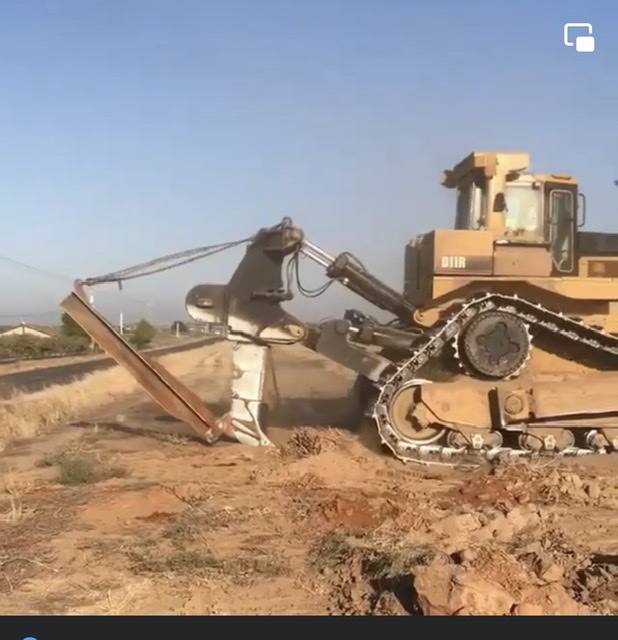How or what is the best way to kill a hay stand of grass , alfalfa , vetch in the spring?
Really curious as to how to do it in the spring?
And what to expect for a crop when there has not been over 4 inches of rain since june 2021?
Comments appreciated.
Really curious as to how to do it in the spring?
And what to expect for a crop when there has not been over 4 inches of rain since june 2021?
Comments appreciated.

Comment